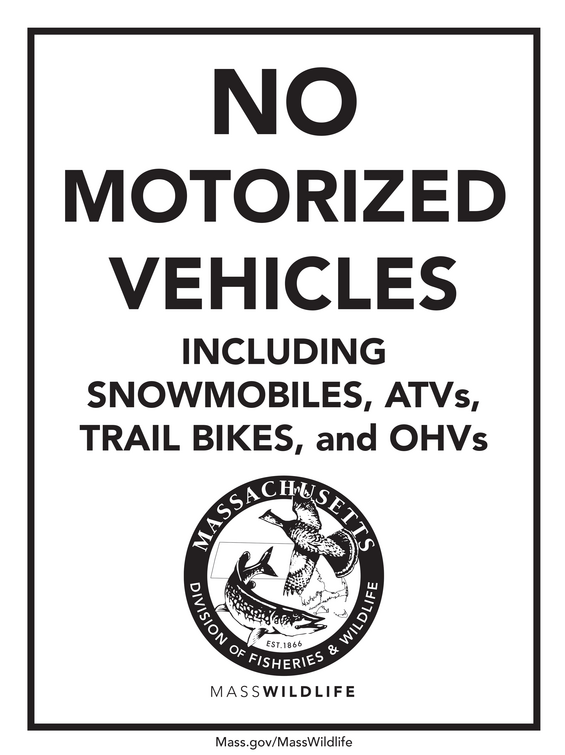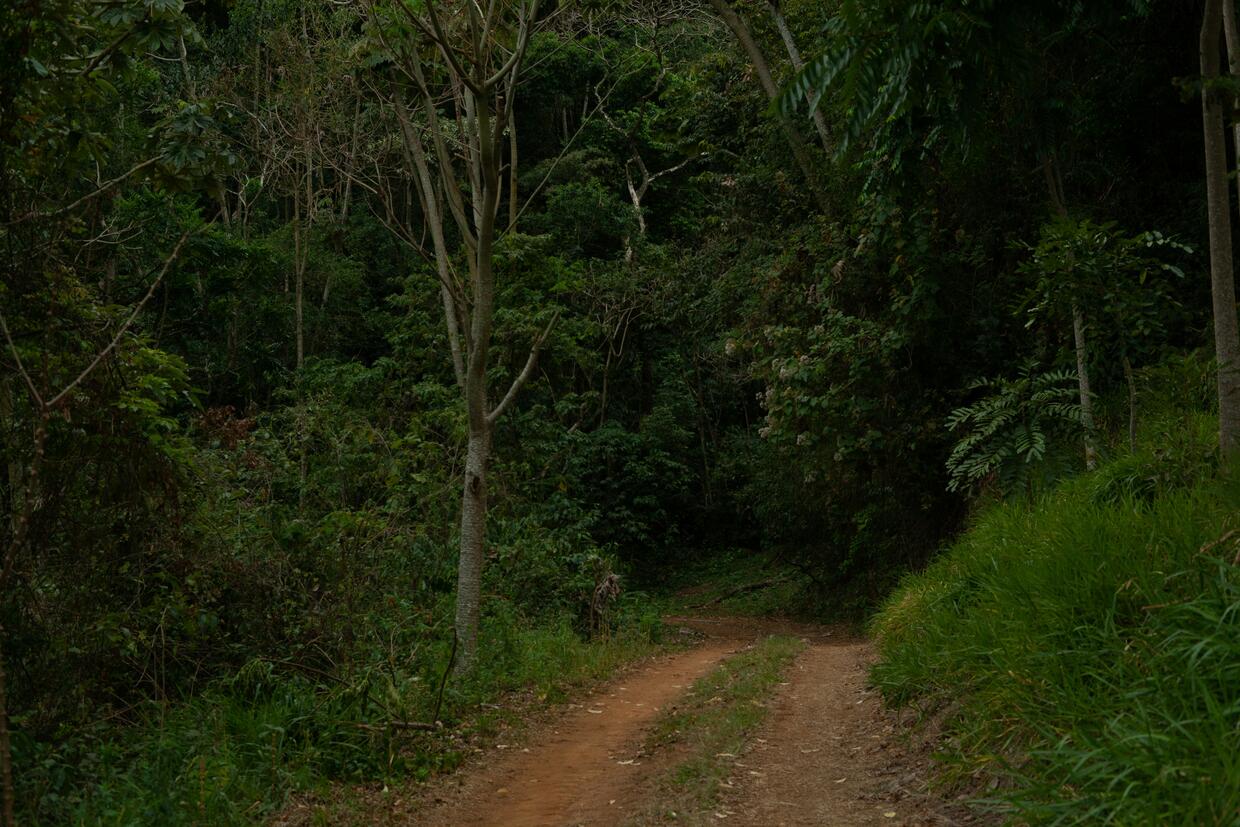Practice description

Access control is a practice that selectively restricts, regulates or otherwise prevents access into or throughout a specific area. This practice can be used for both motorized and non-motorized modes of access, including foot traffic, bicycles, ATV’s and other vehicles. Practices include use of barriers such as gates, large stones, logs and fencing to control access permanently or seasonally. Additionally, this also includes creating or designating access in more appropriate areas as a means to protect more sensitive locations.
Goals and ecological processes
Both motorized and non-motorized recreation, such as hiking and mountain biking, can be harmful to biodiversity, especially when combined with unleased pets. Preventing or coordinating access into certain areas helps preserve and protect important natural communities from trampling, rutting, and compacting from illegal or unintended motorized and non-motorized use. It also helps to protect wildlife from excessive disturbance and reduces the risk of mortality during key periods of their life history, such as nesting, rearing young, and seasonal migrations. For example, many turtle species are extremely vulnerable to being run over and crushed by vehicles in the spring when moving from winter wetland habitats to vernal pools. Seasonal access control that prevents motor vehicles from entering an area can significantly help to prevent this. Another example is putting up ‘no off leash’ signs or relocating trails for dog owners for wild turkey nesting areas. People and their unleashed dogs can be a significant disturbance factor to wild turkey hens while on the nest, often causing nest abandonment, which over time can impose population impacts.
Target habitats and species
This practice can be used in all habitat types and benefits a wide range of species including Species of Greatest Conservation Need (SGCN) like snakes, turtles, rabbits, pollinators, rare plants, and songbirds as well as common species like deer, bear, and turkeys.
Associated practices
This practice can be used in a variety of habitat management practices. It is especially important in tree cutting to prevent unwanted access onto skid roads/landings, in prescribed fire to allow fire vehicles into a site yet prevent unwanted motorized access, and on native vegetation planting.
Methods
Access control includes many techniques such as use of gates, boulders and other physical barriers along with installation of signage and creation of roads/trails to facilitate access to more appropriate and less sensitive locations.
Practice details
The type of access control to be used will depend on the vegetation present and the desired outcomes.
- Physical barriers: This includes installation of gates, fencing, and placement of heavy to move objects such as large boulders or logs to prevent access by motorized vehicles. Gates are preferred where frequent access may be needed or where only seasonal motorized vehicle access needs to be controlled. Large dirt berms can also be created to prevent vehicle access.
- Signage: Installation of signs can inform where access is allowed and where it is not. Signs may indicate unauthorized areas such as firearm safety zones or mark trails or roads where access is promoted.
- Roads/trails: People naturally gravitate towards roads and trails. In some instances, creating roads or trails may funnel people and their pets into areas that are less sensitive or more appropriate for their repeated use. At the same time this would protect vulnerable areas or prevent disturbance to wildlife that would have otherwise occurred.
Planning
Things that need to be considered when determining the right access control technique:
- Start early: Begin discussions about access control before initiating habitat management practices.
- Assess the area: Identify sensitive habitats and species requiring protection.
- Determine access needs: Decide which areas need restricted access and which can accommodate recreation.
- Choose methods: Select appropriate barriers, signage, and trail designs based on site conditions and goals.
- Budget and resources: Plan for costs and leverage available machinery or partnerships. Some control structures like metal swing post gates can cost more than $5,000 to purchase and install. Make sure to look into local, state, and federal funding. Also consider the machinery being used during habitat projects. For example, during a timber harvest the operator may have an excavator or bulldozer that can be used to place large boulders or logs across skid roads to prevent future access or to create new woods roads for preferred access. This work can be included as part of the timber sale contract.
- Implement and monitor: Install access control measures and monitor effectiveness, making adjustments as needed. Restricting access can be tricky as people find ways around gates and boulders. Be strategic in planning as there are times when multiple practices must be used for access control.
